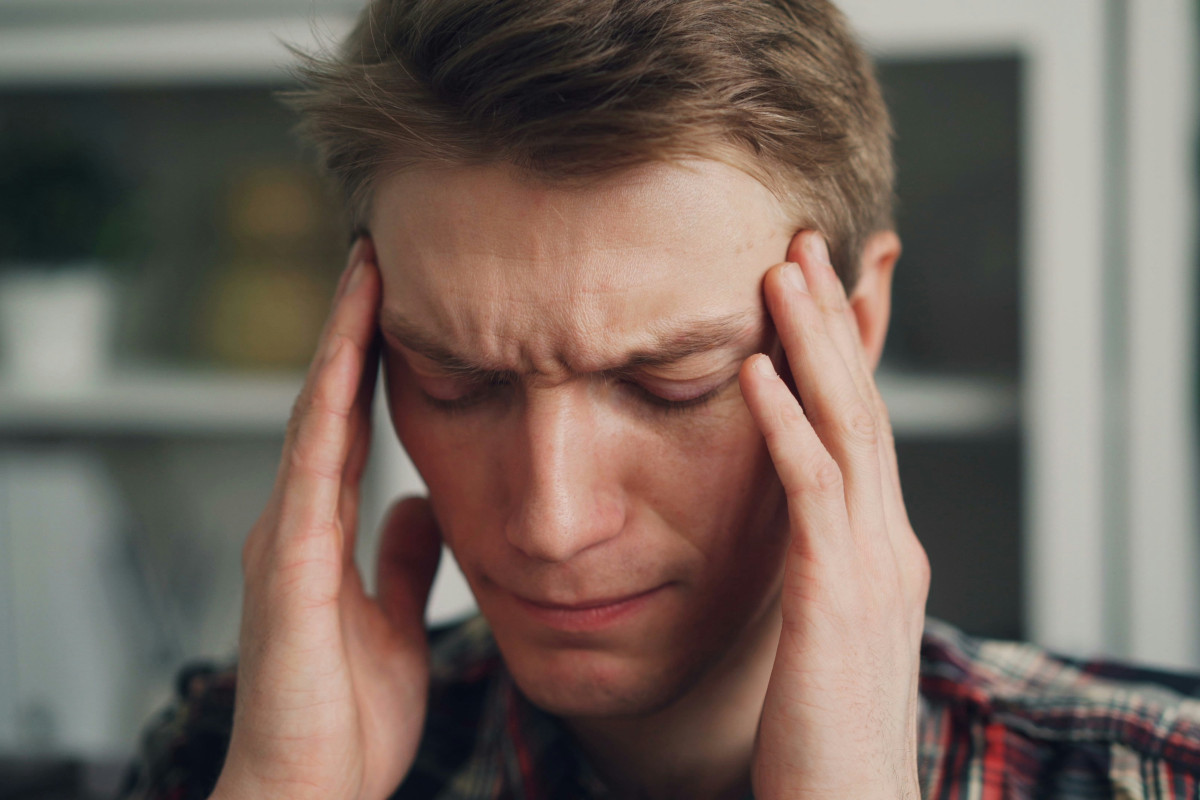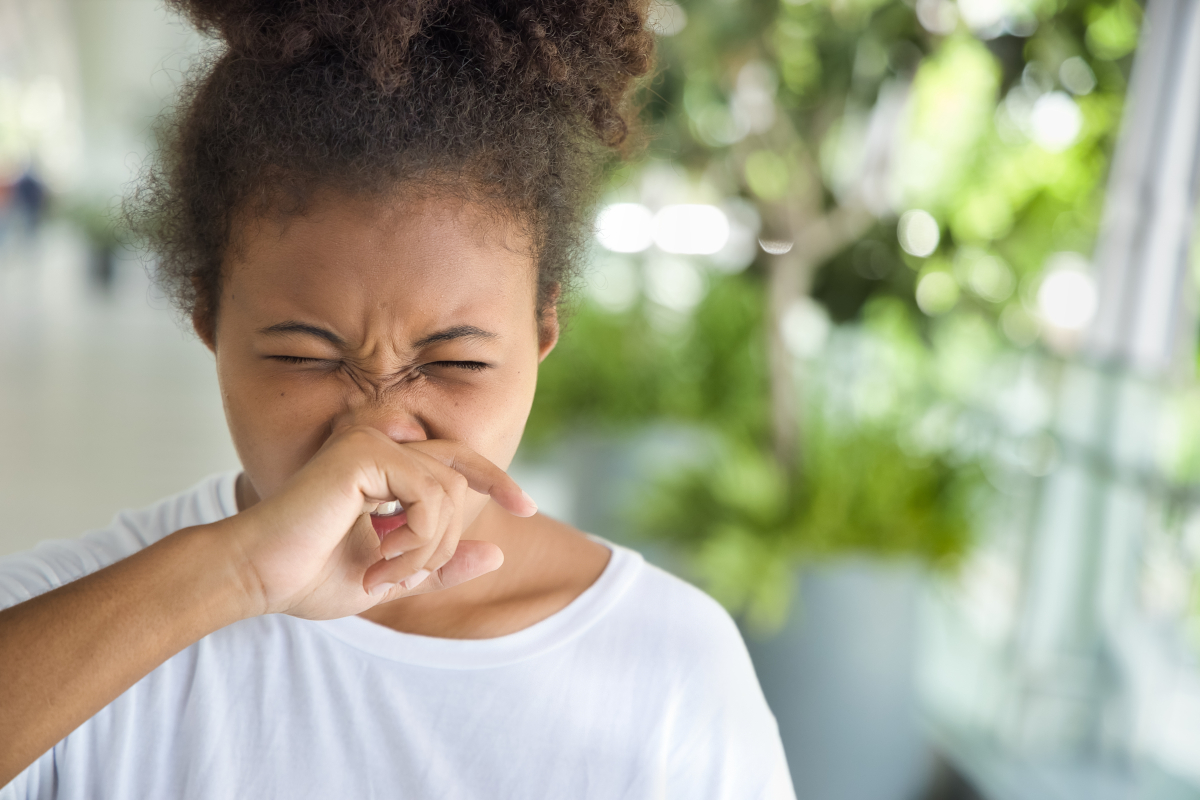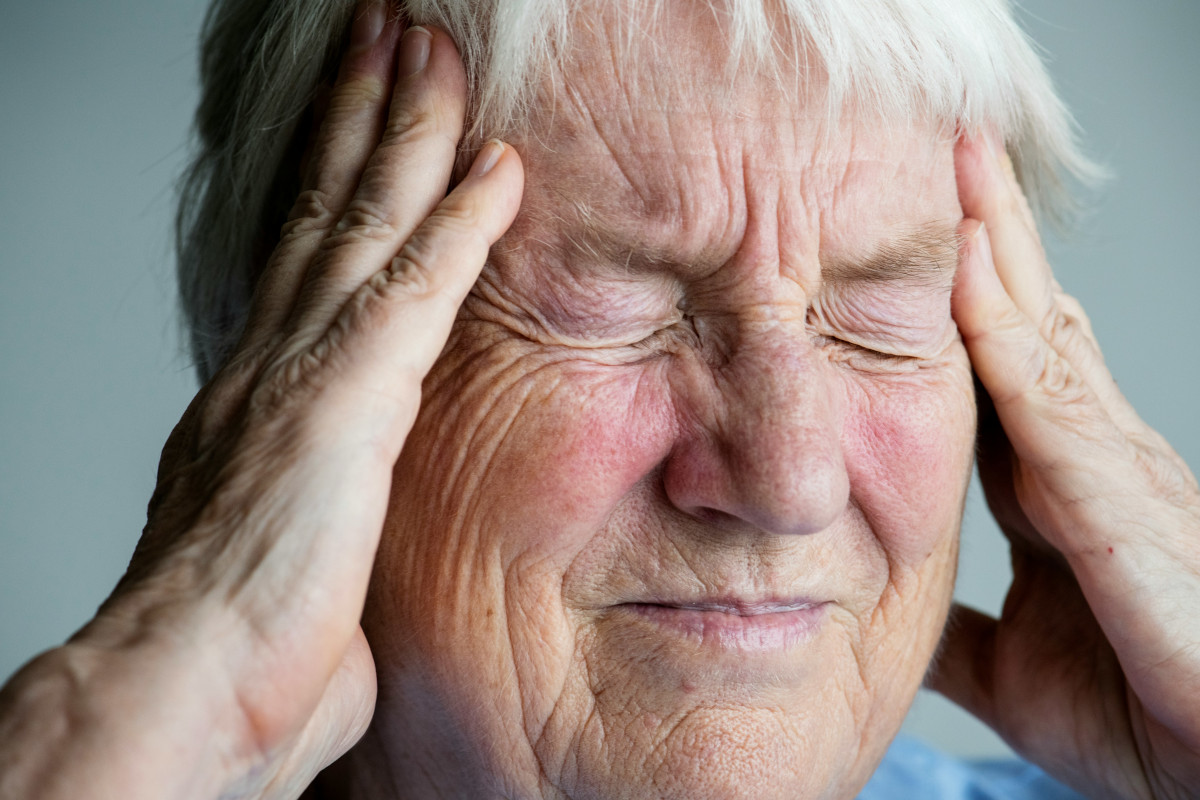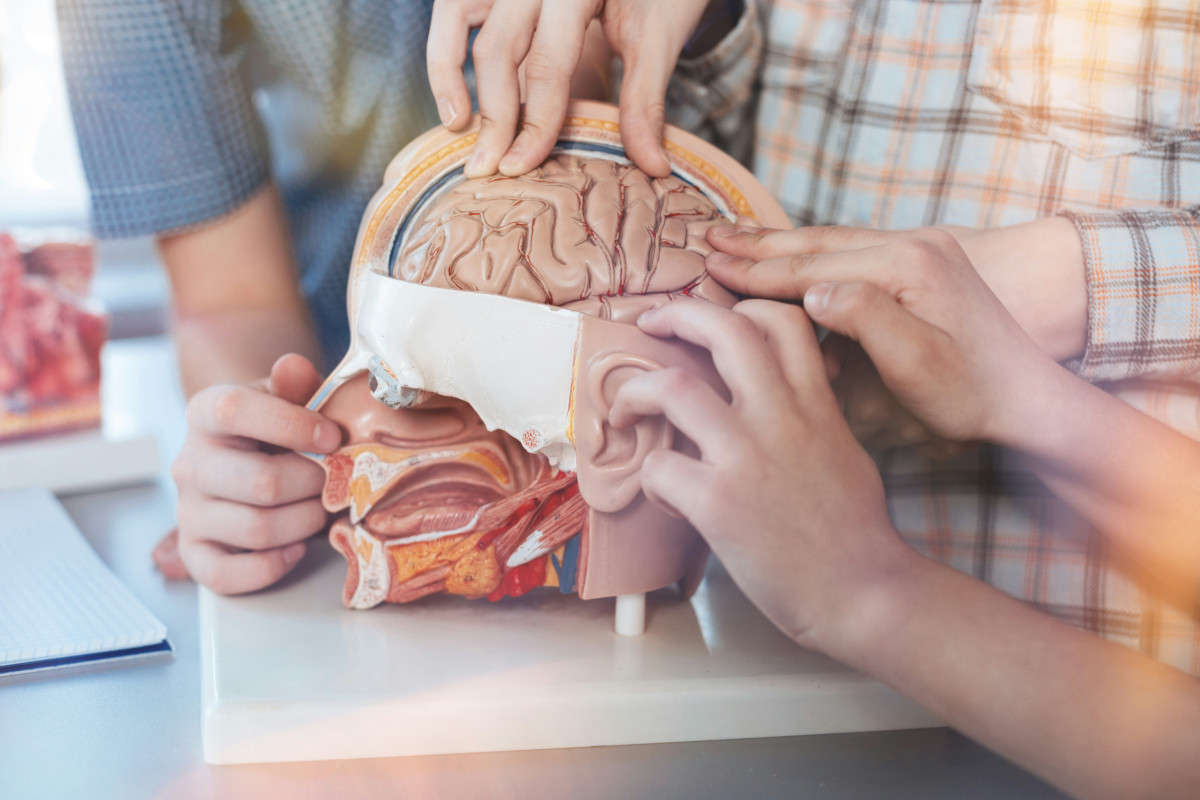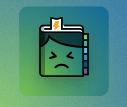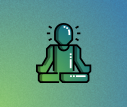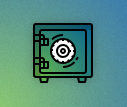Sleep quality and tension-type headache
Most people know from daily experience that sleep can directly impact our wellbeing. It also plays a role in headache occurrences. Because not only the duration of sleep is decisive, but also how well or poorly we sleep. Do you often wake up at night or can you not relax at all? Is your breathing uneven or accompanied by loud snoring? Many surrounding circumstances play a role when it comes to whether we wake up rested in the morning or whether we feel exhausted and crawl out of bed weary and contrite. If, on top of all of this, we also have a headache, we would rather disappear back into our bed.
-
References
Alberti A, Mazzotta G, Gallinella E, Sarchielli P. Headache characteristics in obstructive sleep apnea syndrome and insomnia. Acta Neurol Scand. 2005 May;111(5):309-16.
Cho SJ, Song TJ, Chu MK. Sleep and Tension-Type Headache. Curr Neurol Neurosci Rep. 2019 May 30;19(7):44. doi: 10.1007/s11910-019-0953-8. Review.
Doufas AG, Tian L, Davies MF, Warby SC. Nocturnal intermittent hypoxia is independently associated with pain in subjects suffering from sleep-disordered breathing. Anesthesiology. 2013 Nov;119(5):1149-62. doi: 10.1097/ALN.0b013e3182a951fc.
Engstrøm M, Hagen K, Bjørk MH, Stovner LJ, Sand T. Sleep quality and arousal in migraine and tension-type headache: the headache-sleep study. Acta Neurol Scand Suppl. 2014;(198):47-54. doi: 10.1111/ane.12237.
Hagen K, Zwart JA, Vatten L, Stovner LJ, Bovim G. Prevalence of migraine and non-migrainous headache--head-HUNT, a large population-based study. Cephalalgia. 2000 Dec;20(10):900-6.
Headache Classification Committee of the International Headache Society (IHS) The International Classification of Headache Disorders, 3rd edition. Cephalalgia. 2018 Jan;38(1):1-211. doi: 10.1177/0333102417738202.
Heinzer R, Vat S, Marques-Vidal P, Marti-Soler H, Andries D, Tobback N, Mooser V, Preisig M, Malhotra A, Waeber G, Vollenweider P, Tafti M, Haba-Rubio J. Prevalence of sleep-disordered breathing in the general population: the HypnoLaus study. Lancet Respir Med. 2015 Apr;3(4):310-8. doi: 10.1016/S2213-2600(15)00043-0.
Hirotsu C, Haba-Rubio J, Andries D, Tobback N, Marques-Vidal P, Vollenweider P, Waeber G, Heinzer R. Effect of Three Hypopnea Scoring Criteria on OSA Prevalence and Associated Comorbidities in the General Population. J Clin Sleep Med. 2019 Feb 15;15(2):183-194. doi: 10.5664/jcsm.7612.
Kim J, Cho SJ, Kim WJ, Yang KI, Yun CH, Chu MK. Insomnia in tension-type headache: a population-based study. J Headache Pain. 2017 Sep 12;18(1):95. doi: 10.1186/s10194-017-0805-3.
Loh NK, Dinner DS, Foldvary N, Skobieranda F, Yew WW. Do patients with obstructive sleep apnea wake up with headaches? Arch Intern Med. 1999 Aug 9-23;159(15):1765-8.
Rains JC, Davis RE, Smitherman TA. Tension-type headache and sleep. Curr Neurol Neurosci Rep. 2015;15(2):520. doi: 10.1007/s11910-014-0520-2. Review.
Rundo JV. Obstructive sleep apnea basics. Cleve Clin J Med. 2019 Sep;86(9 Suppl 1):2-9. doi: 10.3949/ccjm.86.s1.02. Review.
Sancisi E, Cevoli S, Vignatelli L, Nicodemo M, Pierangeli G, Zanigni S, Grimaldi D, Cortelli P, Montagna P. Increased prevalence of sleep disorders in chronic headache: a case-control study. Headache. 2010 Oct;50(9):1464-72. doi: 10.1111/j.1526-4610.2010.01711.x. Review.
Scher AI, Lipton RB, Stewart WF. Habitual snoring as a risk factor for chronic daily headache. Neurology. 2003 Apr 22;60(8):1366-8.
Uhlig BL, Engstrøm M, Ødegård SS, Hagen KK, Sand T. Headache and insomnia in population-based epidemiological studies. Cephalalgia. 2014 Sep;34(10):745-51. doi: 10.1177/0333102414540058.
Verri AP, Proietti Cecchini A, Galli C, Granella F, Sandrini G, Nappi G. Psychiatric comorbidity in chronic daily headache. Cephalalgia. 1998 Feb;18 Suppl 21:45-9.
Winsvold BS, Hagen K, Aamodt AH, Stovner LJ, Holmen J, Zwart JA. Headache, migraine and cardiovascular risk factors: the HUNT study. Eur J Neurol. 2011 Mar;18(3):504-11. doi: 10.1111/j.1468-1331.2010.03199.x.



